Anyone who’s ever taken an indoor cycling class knows that your shoes can make or break the workout. Sure, some bikes have cages you can slip your sneakers into, but it’s clipping in (when your shoes actually attach to the bike) that gives you the security to push and pull those pedals as fast as your heart desires.
“Clipping in really affords you more stability on the bike,” says Stephen Quay, the product manager for footwear at Specialized. “And what that shoe does for you is, along with providing the proper arch and forefoot support, [it] helps to align your knee, hip, and foot through the up and down of the pedaling motion.” Not only is that going to help you avoid injury, but it’s going to help you perform more optimally when you’re doing 100 or 120 revolutions per minute.
But do you need to own a pair of indoor cycling shoes? “This really depends on your lifestyle,” says Holly Rilinger, a master instructor at Flywheel. Here are a few questions to consider when deciding whether or not you should BYO next time you hop on a bike.
Can you just rent cycling shoes?
If you’re not a hardcore cycler and don’t want to invest in your own pair or shoes, renting is a solid choice. Plus, these days, most indoor cycling studios will hook you up with a pair as soon as you walk in the door. Some, like SoulCycle, will charge you a fee; others, like Flywheel, include shoes in the price of the class.
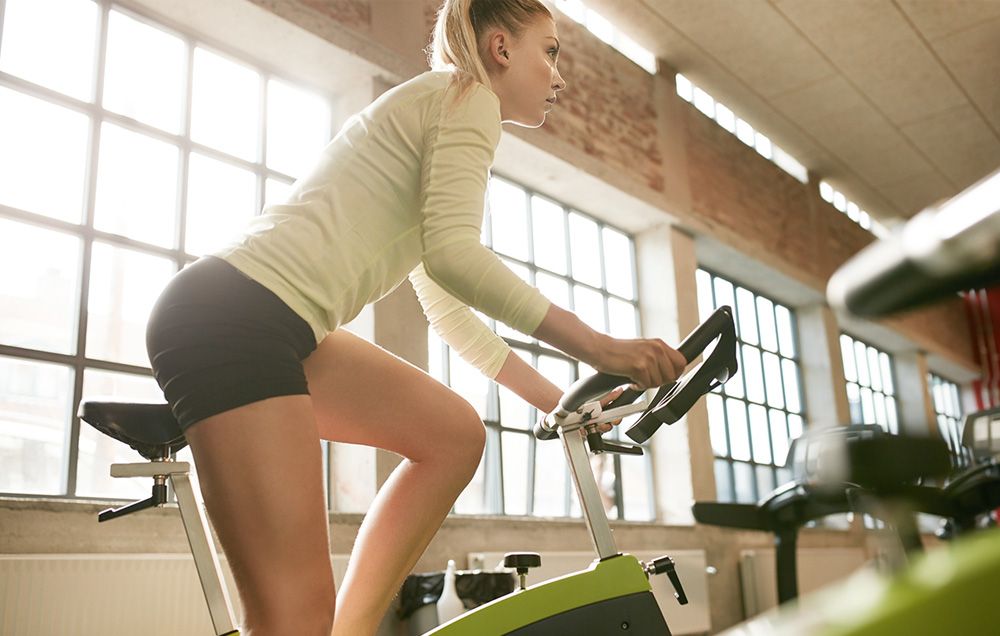
A good pair of indoor cycling shoes can cost anywhere from around $50 to $200. Not to mention, they take up space, says Rilinger—both in your gym bag and your closet. For commuters without a car, “touting your own pair around can be a major drawback,” she says.
So, why should you buy your own?
If you’re a regular at your local spin studio, it could be worth shelling out for your own indoor cycling shoes. Among the top reasons for doing so? “No one else will be sweating in them!” says Rilinger. Yes, all studios make a point to clean shared cycling shoes post-class, but if you rent, you do run the risk of dealing with someone else’s foot stank—and that can be a serious deal-breaker for some.
And if you are paying an additional fee to rent, those $2 can add up fast when you’re visiting a studio several times a week.
Plus, your cycling shoes can have an affect on your performance. “The insides are built taller and thicker than the outside to support the foot,” explains Quay. If you’re wearing the wrong size, or shoes that have been stretched out by other users, that could mess with the alignment of your leg while cycling. “People who cycle three or four times a week really need a shoe that’s been tailored to their foot so they get the proper anatomic support,” he says.
What are the different types of cycling shoes?
There are a couple kinds of cycling shoes, including road bike shoes, mountain bike shoes, and indoor cycling shoes. Since all of these are optimized for different riding scenarios, you want to make sure you choose a pair that works for where you’ll be cycling the majority of the time.
Road cycling and mountain biking shoes tend to be thicker and clunkier than shoes specifically designed for indoor cycling, says Quay. “Your feet also aren’t going to get as much air in the studio as you would outside, so most indoor shoes have extra ventilation around the sides and tongue,” he says. (That said, you’ll likely be fine cycling indoors in road shoes, Quay adds.)
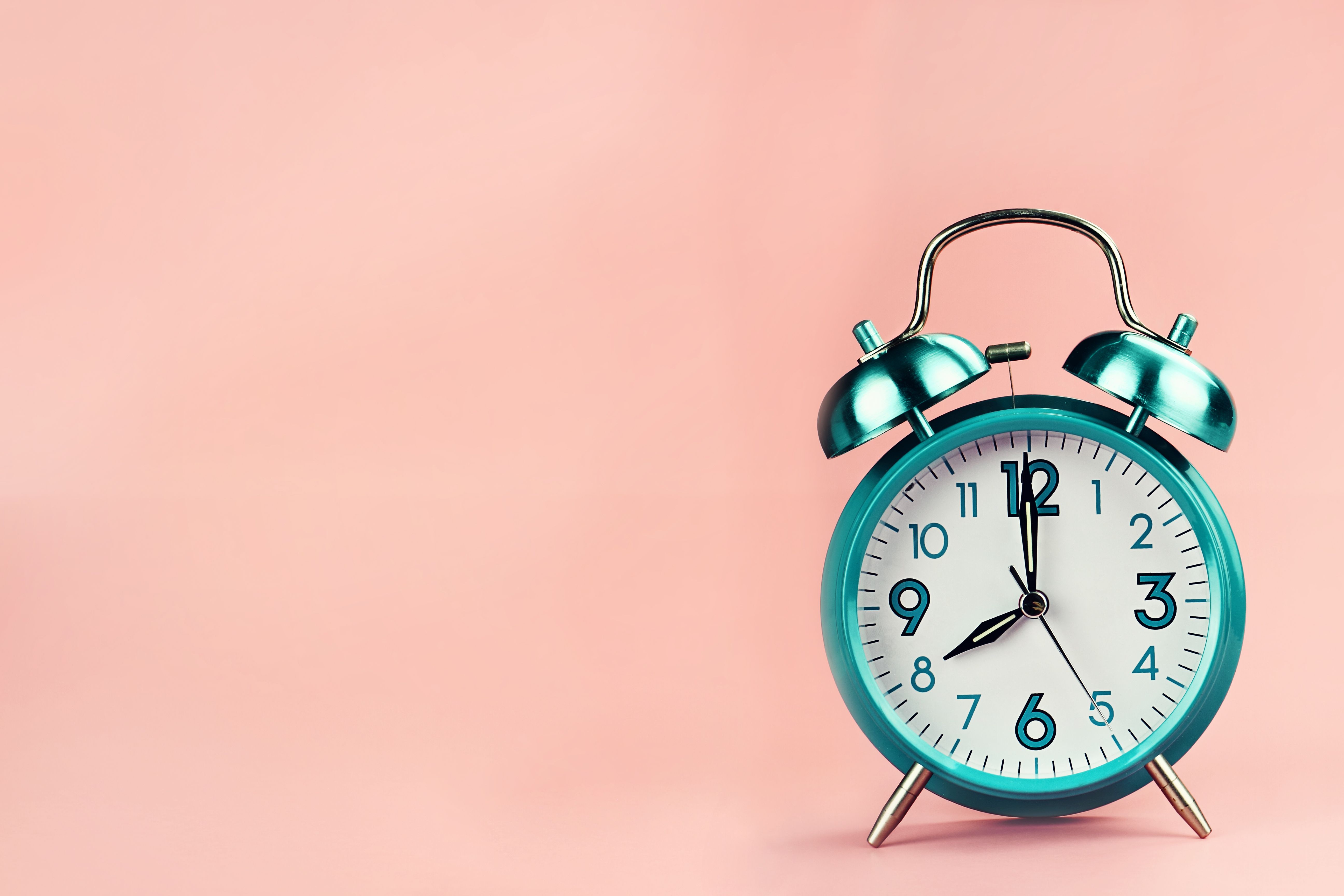
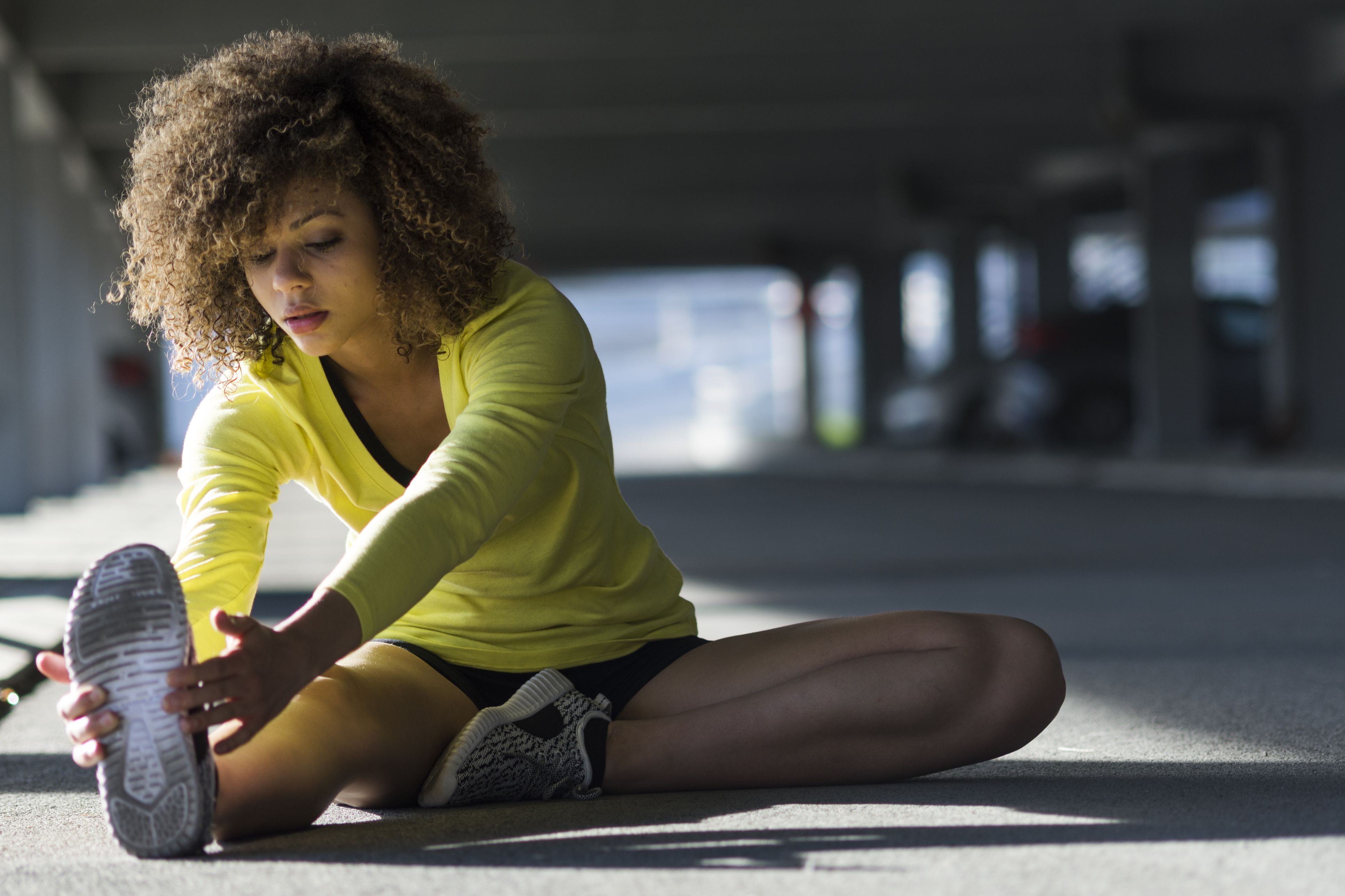
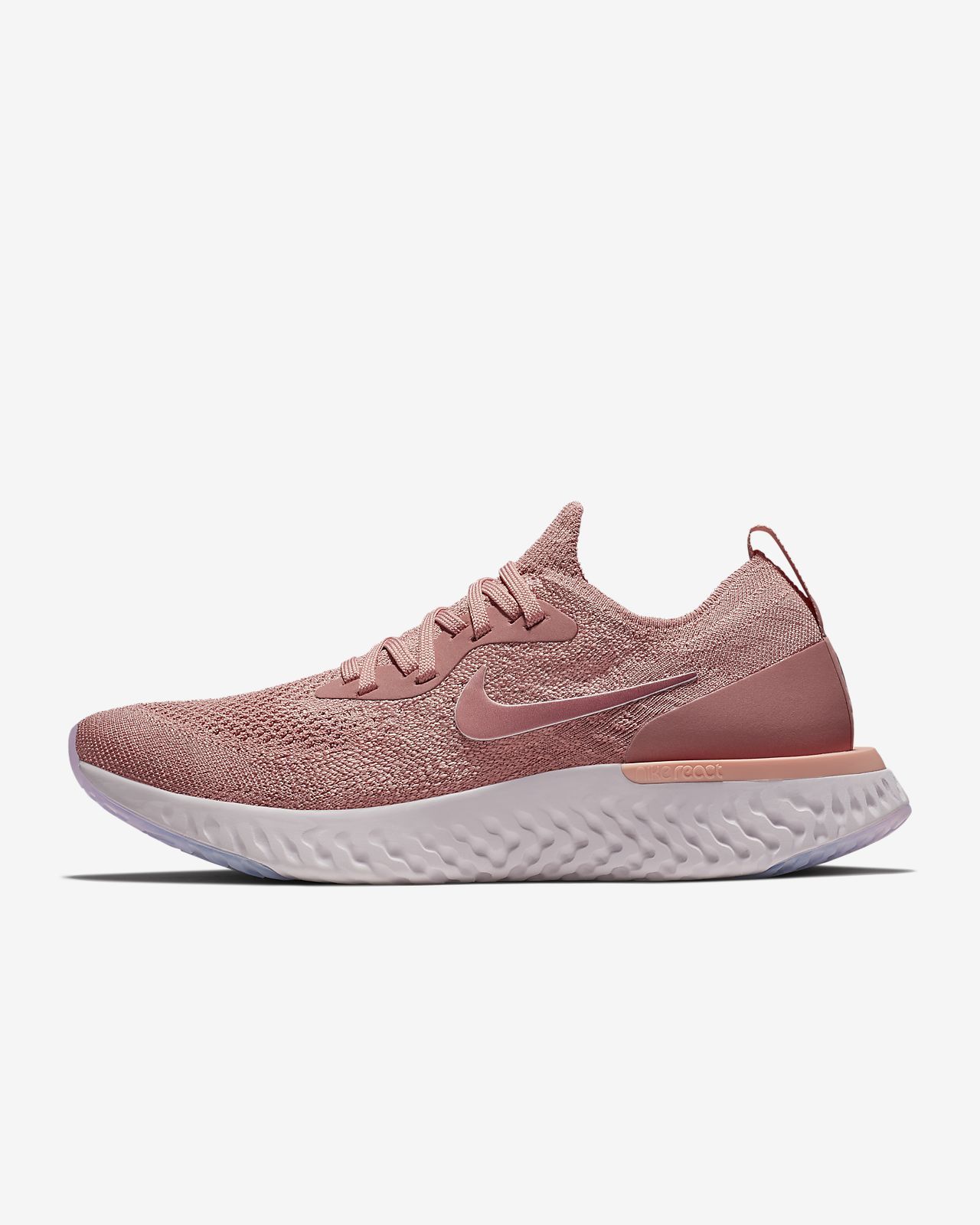
More importantly, you want to pay attention to the types of cleats on the cycling shoes. There are two common ones: the two-hold (or SPD) system and the three-hole (Delta) system. You’ll find the SPD system in most gyms, along with the cages for people who want to ride sans cycling shoes.
But most indoor cycling studios on the coasts tend to use three-hole systems, says Quay, “which tend to be a little more stable.” Shoes with the SPD system are a little easier to walk around in, because the clips are smaller, while the Delta system may be easier to actually clip in to the pedals, because they’re larger. Either is a great option—it’s just important to find out what the studio you frequent most often uses so you can make sure you get a shoe with a cleat that matches the bikes’ pedals.
What else do I need to know before I buy?
Shopping for cycling shoes can feel overwhelming, since they serve a totally different purpose from any workout shoes you’ve worn in the past. But it’s not that hard! “Think of these shoes the same way you think about a running shoe,” says Rilinger. “Comfort is king.”
The best thing to do if you’re shopping for spin shoes is to go into a specialty store like REI to try them on in person and talk to a salesperson about any specific features you’re looking for. “There’s no better way to understand how a shoe feels than trying it on,” says Rilinger. “For example, some harder materials may rub against your ankle bone. You will only know that by trying it on.”
And when you do, “make sure your foot fits comfortably especially in the metatarsal area (the widest part of your foot),” says Rilinger. There’s less flexibility in a cycling shoe than a running shoe, so it’s not going to stretch to accommodate your foot as you break it in.” You also don’t need quite as much toe room as you do with running shoes, says Quay. “Your toes shouldn’t be making contact with the front of the shoe or uncomfortable in any way, but they may feel a little more fitted than your average sneaker.”
And speaking of running, check out how a WH editor gears up for the perfect run:
Pro tip: Don’t freak out if your heel slips a little on the back of the shoe when you try them on. “When you’re walking, you generate more heel force than when you’re pedaling,” says Quay. “So instead of walking around, just kind of roll up into the balls of your feet and barely lift your heels and put the pressure up in the ball of the foot. That can indicate how much of a heel hold the shoe has for you.”
What type of indoor spin shoes should you try?
These pics from top spin instructors are good go-tos to get you started.
1. Giro Empire E70 Knit Cycling Shoe
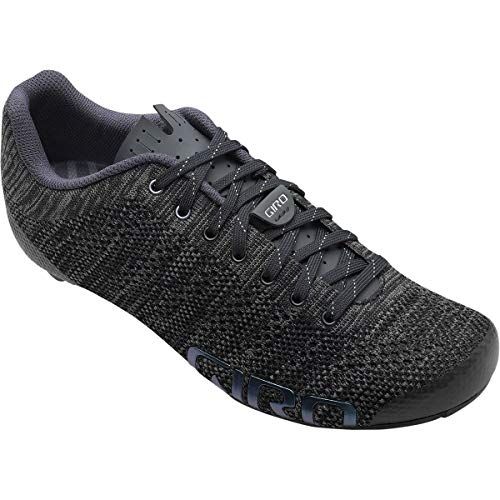
“Shoes notoriously take a beating in the high intensity and fast-paced environment of the spin room. I love the breathable and quick-drying Giro Empire Knit cycling shoes. They have a sock-like feel, and also feature a unique lacing system that eliminates specific hot spots or high friction areas on the top of the foot from traditional straps or locking mechanisms.”
— Kate Ligler, NASM-certified trainer, cycling specialist, and MINDBODY Wellness Manager
2. Fly Fierce Indoor Cycling Shoes
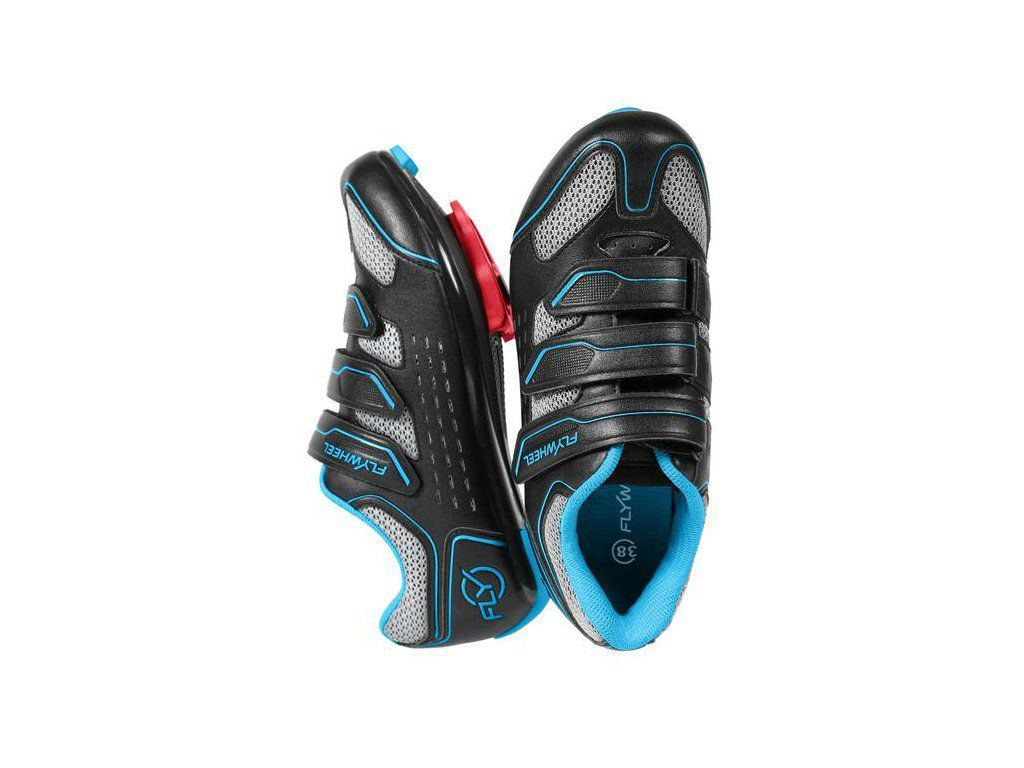
“Flywheel Sports makes their very own shoes, Fly Fierce. They have a cushioned Ortholite footbed, breathable upper mesh, making them very comfortable and super soft. With my narrow foot the 3 Velcro straps are helpful as you can make the shoe as tight or as loose as possible.”
— Natalie Cohen, Master Instructor at Flywheel Sports
“I have tried many brands, however I really like how cushioned these shoes are. It’s funny, I dislike structure in my running shoes but like the stability for my indoor cycling shoes.”
— Emily Fayette, ACE-certified trainer, Flywheel Sports instructor, founder of Healthy Hustle
3. Sidi Genius 7 Shadow Road Cycling Shoes
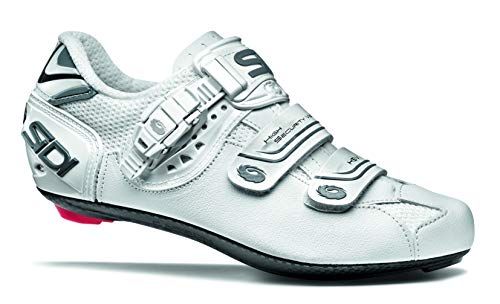
“I love my Sidi’s. I have super-narrow feet and like to feel snug in my shoe so I have a good grip on the wheel (it’s all about the pull UP of the pedal stroke to access your abs and get out of the quads #becauseabs). A little trick is, no matter what shoe you pick, change out the insole for something better. Paragon has some great options where you can try, touch, and feel. Mostly it’s about what works for you so you’re supported and comfortable and can focus on form and rid yourself of distraction.”
— Eve Lynn Kessner, SoulCycle senior instructor, Talent Hack ambassador
4. Soul Legend Cycling Shoes
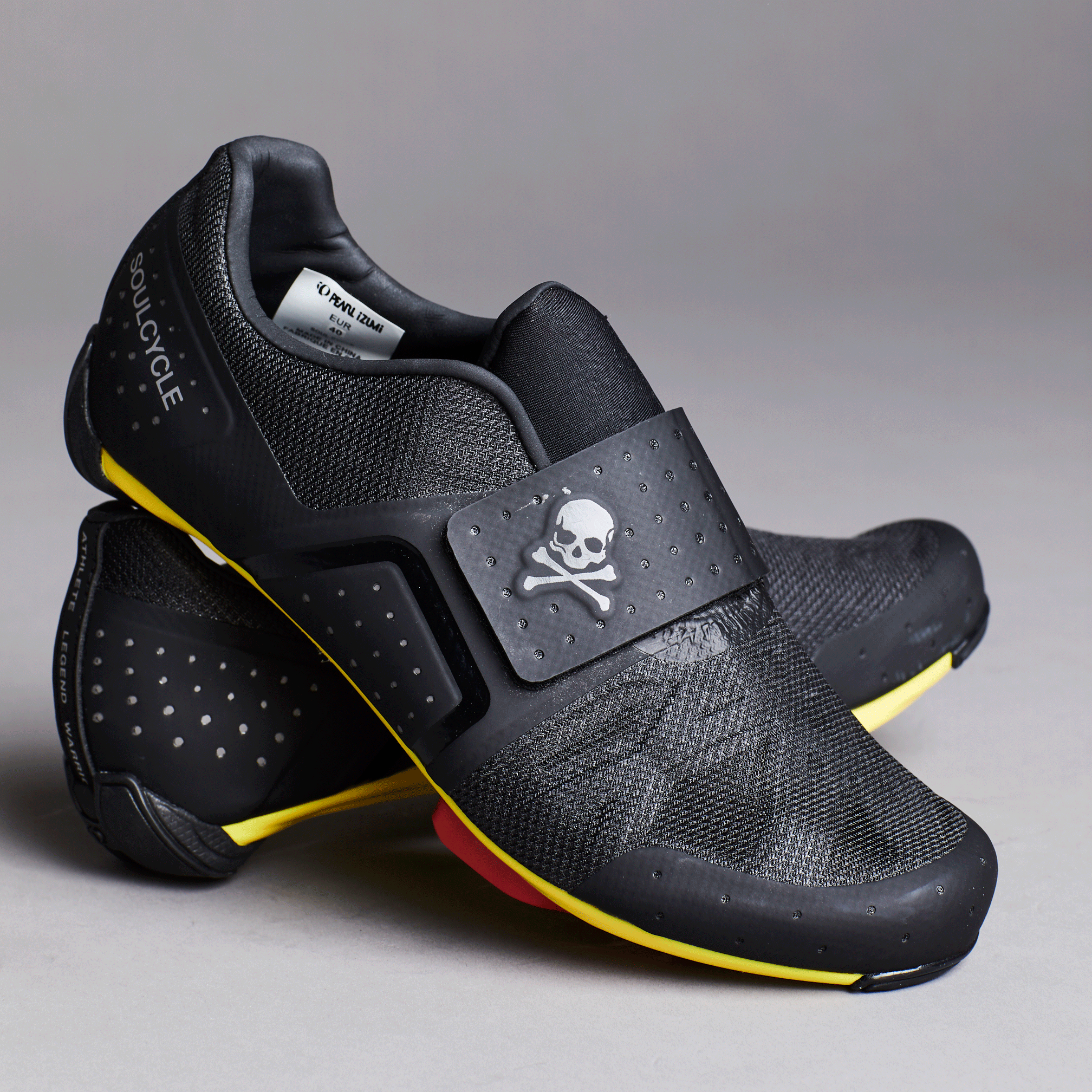
“I love the Soul Legend shoes because of how sturdy they are. Plus, the single strap around the top makes it easy to adjust and put on.”
— Roxie Jones, NASM-certified trainer, SoulCycle Instructor, Talent Hack ambassador
Source: Read Full Article
